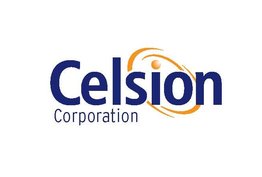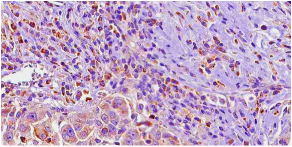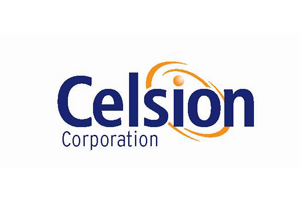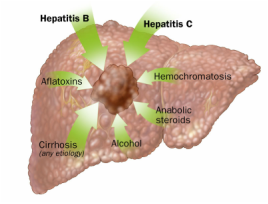
Developments in medical science have made available a number of different treatments for hepatocellular carcinoma (HCC). Surgery is most strongly indicated in some cases and can involve either removal of part of the liver, a procedure known as hepatectomy, or the transplantation of the entire organ.
For those whose cancers indicate non-surgical treatment, chemotherapy may be an option. Most often delivered intravenously, it involves a combination of agents carefully selected to kill-off cancer cells. Radiation therapy, by contrast, uses radioactive energy to kill cancer cells. Thermal ablation kills cancer cells using heat, while immunotherapy introduces a biological agent that activates the body's natural defenses.
Other options include targeted therapies, which strive to block the processes that contribute to a particular tumor's growth and proliferation. Anti-angiogenesis therapies stand out as a particularly popular form of targeted therapy for HCC, as they interrupt the growth of blood vessels that feed the tumor. In addition to these and other available options, new therapies are constantly in development.



 RSS Feed
RSS Feed
